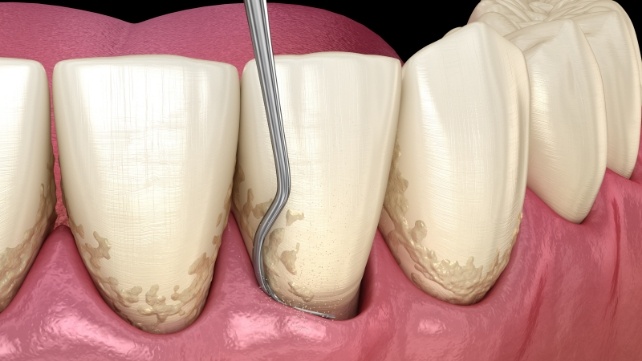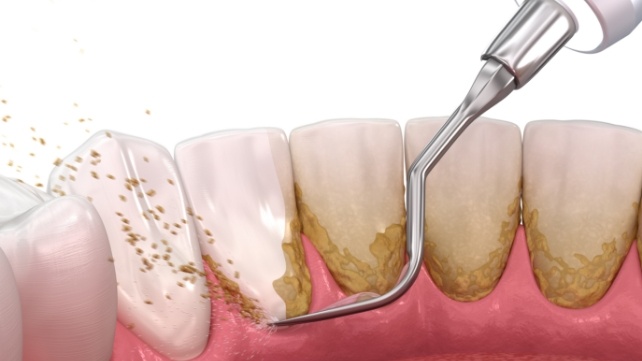Gum Disease Treatment – Westfield, NJ
Stop Gum Disease in Its Tracks
When you think of oral health problems, cavities are probably the first thing to come to mind, but gum disease is actually much more common. In fact, the CDC estimates that half of adults over the age of 30 currently have gum disease. Its symptoms start out subtle, but without treatment, gum disease can quickly progress to the point of tooth loss! Here at High Tech Family Dentistry, Dr. Scheiner and Dr. Aryan want to prevent gum disease from reaching that point. If your gums are red, swollen, tender, or they bleed when you brush or floss, please call us today to learn how we can save your smile with gum disease treatment in Westfield, NJ!
Why Choose High Tech Family Dentistry for Gum Disease Treatment?
- Convenient Evening & Saturday Dental Appointment Times
- Experienced Dental Team Dedicated to Using the Latest Technology
- In-Network with Most Dental Insurance Plans
What Is Periodontal Disease?

Periodontal disease is another name for gum disease, an infection that develops when plaque builds up in the mouth (typically as a result of inadequate brushing and flossing). In the early stage, called gingivitis, you might notice soreness, tenderness, or mild bleeding. Gingivitis can often be reversed with increased oral hygiene, but once gum disease progressed to the advanced stage – periodontitis – it can only be managed, not cured. At this point, bacteria can damage the tissues holding your teeth in place, leading to tooth loss. That’s why seeking treatment from our dentists is crucial.
Scaling & Root Planing

The standard for treating gum disease is scaling and root planing, a type of dental cleaning specifically designed to target bacteria and stop gum disease in its tracks. First, we clear away the bacteria that have gathered along the gumline (scaling), and then we slightly reshape the roots of the teeth, smoothing them out (root planing). This second step expedites the healing process by encouraging your gums to reattach to your teeth while also creating a smoother surface where bacteria are less likely to accumulate.
